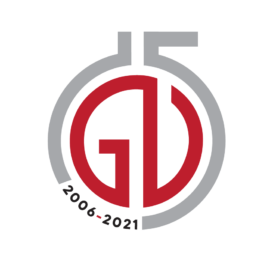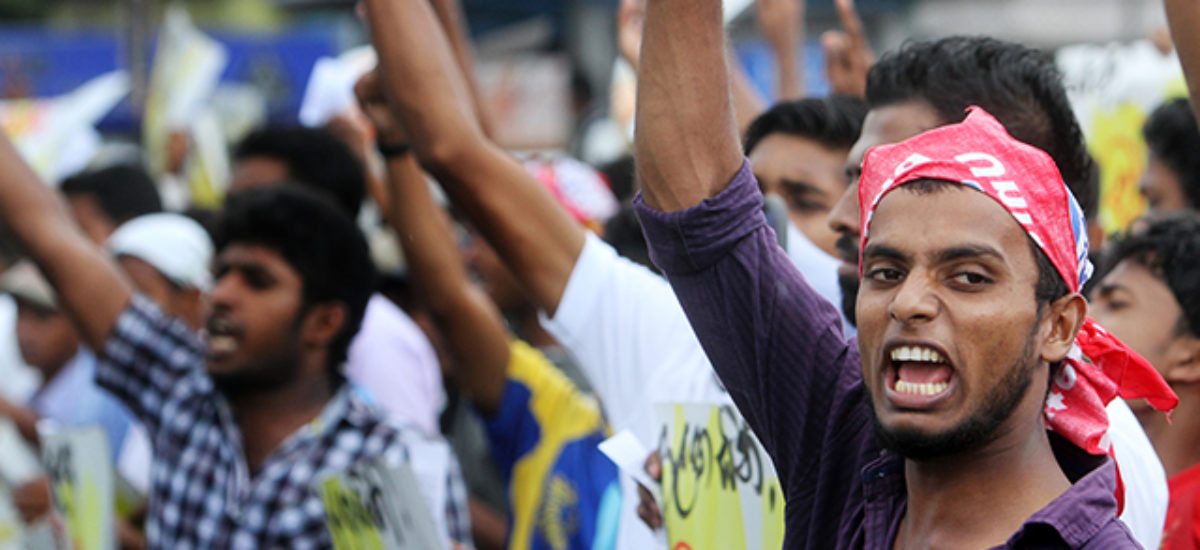Photo courtesy of Roar Media
The youth of a country are the forerunners of social progress; notwithstanding this historical fact, we cannot underestimate the role other social strata play in the social development of a nation. Youth are the generation that mostly accepts and accommodates change in a society. So they become pioneers of social change. Yet, the expectation of the ‘elder’ generation is for the ‘new’ generation to function within the confines of the socio-economic and cultural framework the ‘elder’ generation has developed during its heyday.
The socio-economic environments in which the ‘elder’ and the ‘new’ generations grow up are very different from each other.
In my youth, in the 50s and 60s, there was no rapid industrial development. Characteristics of showing empathy towards the other and supporting those who spend arduous lives were often visible. On the other hand, the caste system was deeply entrenched. After 1948, the age limit for voting was lowered. As a result of the free education and the system of Central Colleges that Dr. C. W. W. Kannangara had introduced, and with Sinhala being made the official language, the educational opportunities available to rural youth had expanded. Due to the restricting of English education to the upper echelons of society, the younger generation that did not belong to those echelons could not acquire the English knowledge needed for employment in the private sector.
In the late sixties, not only arts graduates but also medical graduates were confronted with the prospects of unemployment. Lack of matching qualifications or the needed political affiliations made finding jobs difficult. Even if they had appropriate qualifications, opportunities to go abroad were rare. Exclusion of the younger generation from power centres and the national decision making processes were characteristics of the time. Parents of some graduates had sent their children to universities by mortgaging the only house they had.
Sri Lanka was an agrarian society comprising semi-proletarian and lower middle class social strata. Almost everywhere one could observe the political awareness of the youth, as attested by their reading and debating in almost every corner of the land. They also had developed the passion, the feeling and the courage to deal with social injustice and degeneration. The elder generation suffered from issues such as unemployment, land shortage, water shortage, language discrimination, and the cost of living, but their traditionalism, their biases of race, language, religion, caste, ethnicity and absorption of national myths had blunted their awareness of the reasons for their plight. However, their children had a strong interest in alleviating their plight and found the courage to find solutions to their problems. Other than the occasional racist violence, there were no strong national and religious extremist tendencies.
The Janatha Vimukthi Peramuna, the People’s Liberation Front of Sri Lanka was made up of university students, school children and unemployed Sinhala Buddhist youth who were battered by but aware of the deteriorating socio-economic and cultural situation in the decade of the seventies. This situation helped accelerate the progress of the ‘Movement’, the ‘Che Guevara clique’ as the media, government and its repressive security apparatus called us, and later on the JVP. We had only public transportation and rudimentary communication facilities. Discussions were organized via our acquaintances and held at their own homes. We depended on them. We had no support from any foreign or domestic power, despite the lies spread by the regime at the time. In fact, during the uprising and its aftermath these ‘socialist republics’ were downright hostile.
We cannot forget the socio-economic and political environment that prevailed internationally and locally at the time. The CIA overtly and covertly intervened across the globe, ensuring the survival of neo-colonialism around the world. By the sixties, almost 51 countries in Africa, North, Central and South America, Asia and Europe had pro-US dictatorships. The United National Party government and one of its leaders Mr. J. R. Jayewardene represented this dependency in Sri Lanka. I am reminded of how corrupt and short-sighted politicians were even then in Sri Lanka, as attested by the appalling fact they were calling to close down the electoral map for the next 20 years and elect a dictator to save the race, religion and society and make the country a ‘righteous’ one.
During the sixties, many young people around the world who aspired for a better world believed that a socialist social revolution was imminent. Hundreds of thousands of youngsters aggressively rallied against the Vietnam War. I remember Jane Fonda, an American actress, political activist, environmentalist and former fashion model, marching against the Vietnam War. Organizations such as the Black Panthers in America revolted in major cities. Weapons were collected. The genocidal nature of the US intervention in Asia was best evident by the massacre of around a million Communist Party cadres in Indonesia, by the Indonesian military, aided and encouraged by the US state security apparatuses.
I especially remember a massacre in Africa. The first Prime Minister of the Congo, which gained independence in 1960, was Patrice Lumumba, a staunch anti-imperialist. In 1961, Lumumba was abducted, tortured and shot dead by imperialist lackeys and guns for hire. Even his body was said to have been dissolved in sulfuric acid.
In the face of this troubling and dangerous international and national situation, all alternative left groups strongly believed in the seizure of power through armed struggle for social transformation. That was the view held even by the Chinese Communist Party at the time. However, there were differing views on the strategy to be followed. Russian, Chinese, and Cuban revolutionary models were discussed. The JVP thought of a ‘Lanka Line’, an indigenous model. However, instead of providing leadership to a people’s uprising, to bring about the liberation of the oppressed people, the JVP substituted themselves for the masses, a fatal tactical error. This was the root cause of the failure of the April uprising.
What we have today is a neo-liberal open economy, a society that emphasises only on the self. A society, fraught with post-traumatic stress disorder due to a number of never-ending conflicts, including national, religious and ethnic conflicts that dot the world. A society in which the other is degraded and treated as the enemy. A consumerist society that is ready to sell anything for one’s own material and social advantage. Learning English is still restricted to the upper echelons. A dog-eat-dog ethos trumps all other tendencies. The caste divide is not as prominent as it was when I was a youth but the class economic divide has become a yawning chasm.
The new generation not only expects better opportunities but is also ready to take more risks. They are looking for radical solutions to their issues. The ‘new’ generation is certainly far ahead in terms of social attitudes, cultural dynamics and the ability to access and use science and technology. However, at present race, language, religion and superstition coupled with the technical and organisational means the elite have at their disposal to deceive the populace is now all pervasive. A lack of political awareness, despite the plethora of conversations and protests via social media, thwarts any attempts towards an organised social transformation.
That is why it is vital that the elder generation of activists communicate with the youth of the next generation to pass on not only their wisdom but to illuminate the importance of knowing what happened in the past and to learn, so they can better understand the present. On the other hand, the state apparatus is far more powerful than ever in terms of manpower, armed might, intelligence gathering and communication capabilities and logistics of inflicting violence and coverups.
Before the current pandemic, there was an opportunity to go abroad even for domestic service and hence survive economically. But the epidemic has now given rise to a complex socio-economic crisis. A daily escalating economic crisis, a simmering environmental crisis, a health care crisis and the political crisis that revolves around those, have created distress and resulted in tensions within civil society. Existing organizations have not put forward policies, programs, or actions that can address these enormous issues. As various political parties have done since 1948, there is a fierce attempt to turn this crisis into a nationalist or religious crisis, by finding an appropriate scapegoat.
Technical teams appear to have been set up and some are affiliated with the security establishment, to divert social attention, monitor dissidents, spread false information against them and do whatever is necessary to prevent them succeeding in getting their message across by utilising social, print and electronic media.
Social protests and conflicts can be averted and peace can be built only by addressing the socio-economic and cultural rights of the people. Rejection of those rights will act as major factors in creating conflicts and developing unrest in society. Therefore, the younger generation can be provided with the opportunity to fulfil their duties as responsible citizens only by addressing the root causes of their problems and ensuring their consultation and participation in the process of making decisions that affect their lives.
The post 1948 history has incontrovertibly established the fact that brutal suppression of protests emanating from society, treating them as threats to national security can only pave the way towards future conflicts. If a political remedy based on communal harmony and equity is not found then we are doomed to make the same mistakes with the resultant tragedies, like the ones that played out during the past seven odd decades. That is why it is important to start a dialogue to pass on the experiences and wisdom between the older generation and the younger, so the mistakes of the past are not only not repeated but can be at long last rectified.


